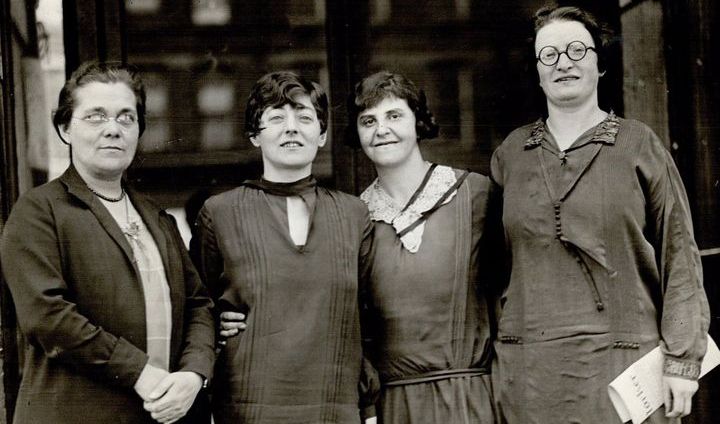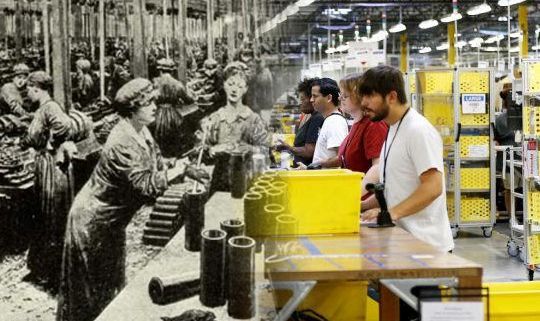Florence Custance was a teacher, feminist, labour militant, Marxist educator and one of the founders of the Communist Party of Canada. Born in England in 1881, Custance was trained as a school teacher and came to Canada as a young woman.
In Canada she was active in labour and feminist struggles. She was one of the founders of the Socialist Party of North America, which despite its name was primarily based in southern Ontario. Before the Bolshevik Revolution in Russia, this group was focused on Marxist education, but largely refrained from involvement in actual struggle. She was also a founder of the Canadian branch of the Plebs League, originally established in England to educate working people on Marxism and the class struggle.
The Russian Revolution was a turning point for Custance as it was for other Canadian revolutionary socialists. It provided an example of how to fuse theoretical imperatives with practical political action in a single party that finally proved capable of taking power into the hands of working people. Understanding the need for such a party in Canada, Custance was instrumental in both the abortive 1919 foundation of the Communist Party of Canada (where she was arrested) and in the more lasting foundation of the Party in 1922.
Florence Custance was the only woman on the Political Committee of the early Canadian CP and from its inception headed up its women’s section. She had to struggle not just against the pervasive chauvinism of the time, but the relative indifference of her male comrades in the leadership to women’s issues. Inspired by the enormous expansion of women’s rights in the early years of the Soviet Union she revitalized the Women’s Labour Leagues, which had been founded prior to WW1 and had become largely inactive. Under the leadership of Custance and her fellow communist women, the WLL expanded across the country and published a monthly newspaper, The Woman Worker.
Custance remained the most prominent woman in the leadership of the CPC for virtually the entirety of the 1920s. Unfortunately, as the decade went on, the Russian Revolution, which had inspired her and many other radical feminists, began to deteriorate into the bureaucratic morass of Stalinism. The Canadian party had been fortunate up to that point in having a genuine collective leadership that was able to accomplish a lot of good work without either the domination of a single person or group or destructive factionalism. This changed as the decade wore on and Stalin’s domination of the international communist movement became complete. Leaders who displayed or were merely capable of any level of independent thought were driven out of the movement and replaced by servile toadies whose only real qualification was instant and complete obedience to Stalin.
This situation was not one that appealed to a tough, experienced old fighter like Florence Custance. Though faced with deteriorating health over the last years of the twenties, she struggled against the Stalinists in the Canadian party, appalled by their falsifications, bullying and generally thuggish assault on the norms of party democracy. As such, she became a target for the rising clique of young Stalinists who clamoured for her expulsion. This group was eventually installed in the leadership by Stalin and became the face of Canadian Communism for most people.
Florence Custance was not expelled. She died in July 1929 in the midst of the struggle against the Stalinists. As such, she is still considered an icon of the Canadian Communist Party, having had the good grace to die before she could be booted out and relabelled as counter-revolutionary, or fascist, or whatever the Stalinist anathema de-jour happened to be. She deserves better. She was a dedicated, intelligent, cantankerous, revolutionary who had real accomplishments and real ideas, not a “red saint” harmlessly celebrated after emptying her life of its political ideals and accomplishments.



